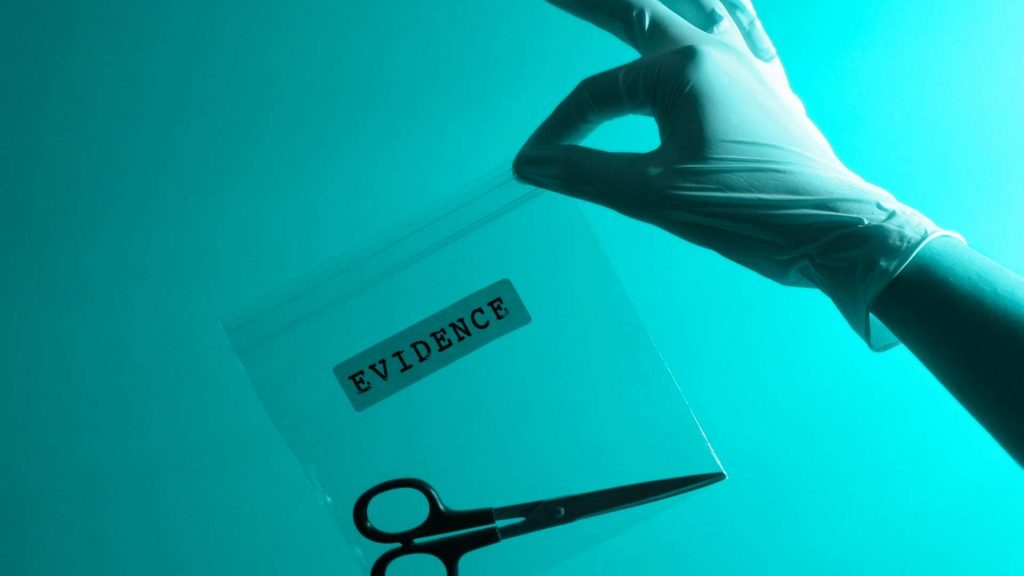Evidence means any information or data used to understand the facts and investigate the fraud incident. Gathering of evidence is one of the most important parts of fraud identification and investigation. This article elaborates on ‘Gathering of Evidence’ against fraud.
Gathering and Management of Evidence
The fraud investigation team works as per the defined investigation programs. The purpose of which is to obtain sufficient and appropriate evidence related to fraud incidents. Different sources are explored by the team to gather such evidence as direct interviews with suspects, interviews of colleagues of the suspect, observation of the behavior of the employee or suspect, walkthroughs of transactions and systems, third-party confirmations, physical checks, or counting of physical assets.
In the information and evidence gathering process, it must be ensured that the case is not made very complicated to investigate. The right approach and selection of the right sources of shreds of evidence make the investigation process logical and result oriented.
All the evidence gathered from different sources and through different techniques are required to be appropriately recorded in a logical manner evidence is required to be corroborated with each other. Therefore, presentation and recording of the pieces of evidence are an important part of the whole investigation process.
Direct Evidence and Circumstantial Evidence
Direct evidence related to fraud is evidence that is gathered by the fraud investigation team or experts directly be performing investigation procedures such as information gathered through interviewing the suspect or observation of employee behavior over some time.
Direct evidence is considered as more valuable evidence because it is directly obtained by the experts because of appropriate planning and directly approaching for the evidence. There is a possibility that direct evidence is obtained without performing any specific evidence gathering procedure such as information about the fraud may be provided by the customer or the company against the employee or the suspect may surrender him or herself before the fraud investigation team and provide all relevant information. This occurs when the person who committed the fraud feels fear of punishment which he or she may be awarded on the proof of the fraud.
Electronic and Paper Evidence
In today’s digital environment, the audit trail is maintained by the companies and organizations in the form of electronic records by using personal computers and other electronic devices such as PDAs. In the electronic environment, the fraud investigation team or experts perform computer forensic investigations by the seizure and analysis of electronic data. This is done by using a methodology that ensures its admissibility as evidence in a court of law.
Legislations allow the use of computer forensic investigations as an important part of the whole fraud investigations because it has an impact on an organization’s ability to investigate computer systems and electronic records such as email.
Organizations are required to maintain electronic records and information appropriately and over a specified period as per the applicable regulatory requirements. Such record maintenance enables and facilitates in performing the appropriate fraud investigations by the experts.
The Forensic Image
In computer forensics, the original information or data is never altered. To ensure this, the purpose-written ‘forensic image’ software is used by the fraud investigation teams to obtain a copy of a ‘target’ computer system. The forensic image enables recreation of the original system at any time.
To ensure confidentiality of the company’s information, it must be ensured that the fraud investigation team has an experienced specialist who ensures confidentiality of information assets. Computer forensic investigators and other supporters who gather evidence from the computers must be able to justify their actions in the future.
It is strongly recommended that a forensics expert is hired for professional advice rather than relying solely on the company’s information technology department or staff.
Forensic computer images have been accepted in the legal proceedings, and it is no longer required (in most cases) to seize computer hardware for investigations purposes.
Indeed, in situations where target computer systems contain critical data, the physical seizure may not be a viable option for the fraud investigations team. The forensic image may be sufficient. The need to seize physical assets may not arise. Forensic imaging also enables the drawing of the information from the suspect’s personal computer without conducting inquiries from the suspect directly.
Evidence Gathered Through Interviews
Many fraud investigations are concluded with a formal interview with the suspect during which all evidence is put to the suspect for his or her feedback and answers under a very controlled environment.
These interviews and production of evidence before the suspect are performed by very skilled and experienced fraud investigators or experts. These interviews where evidence is placed before the suspect should be conducted ideally at the end of the investigation process. Legal advice must be sought before such interviews unless well-trained fraud investigators are deployed for interviews.
Final Thoughts
Evidence is the available information or facts indicating whether a belief or proposition is true and valid. In this article, the ways an evidence can be gathered is tacked in a detailed manner. This article elaborates on ‘Gathering of Evidence’.




